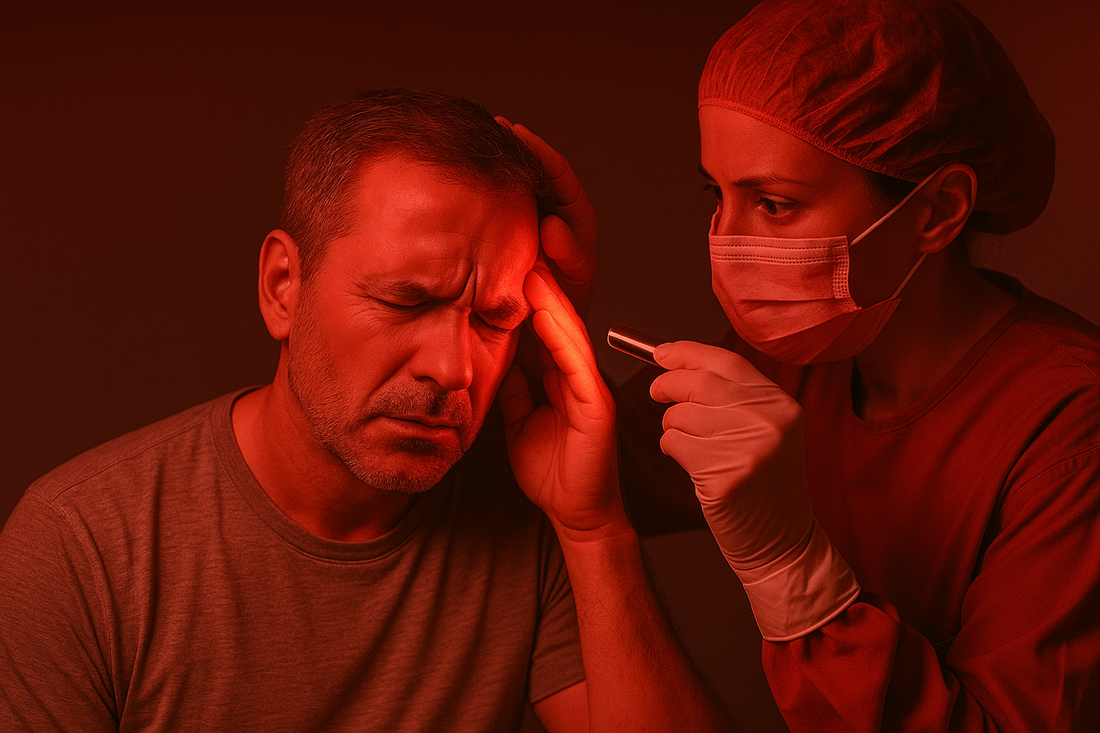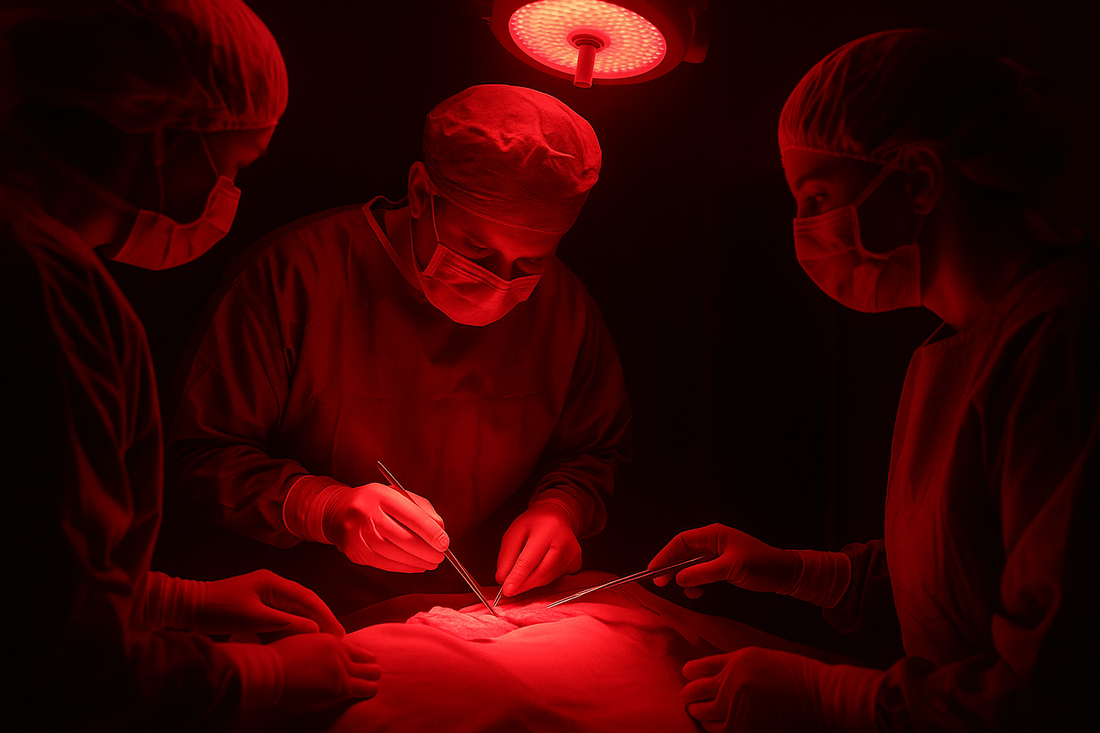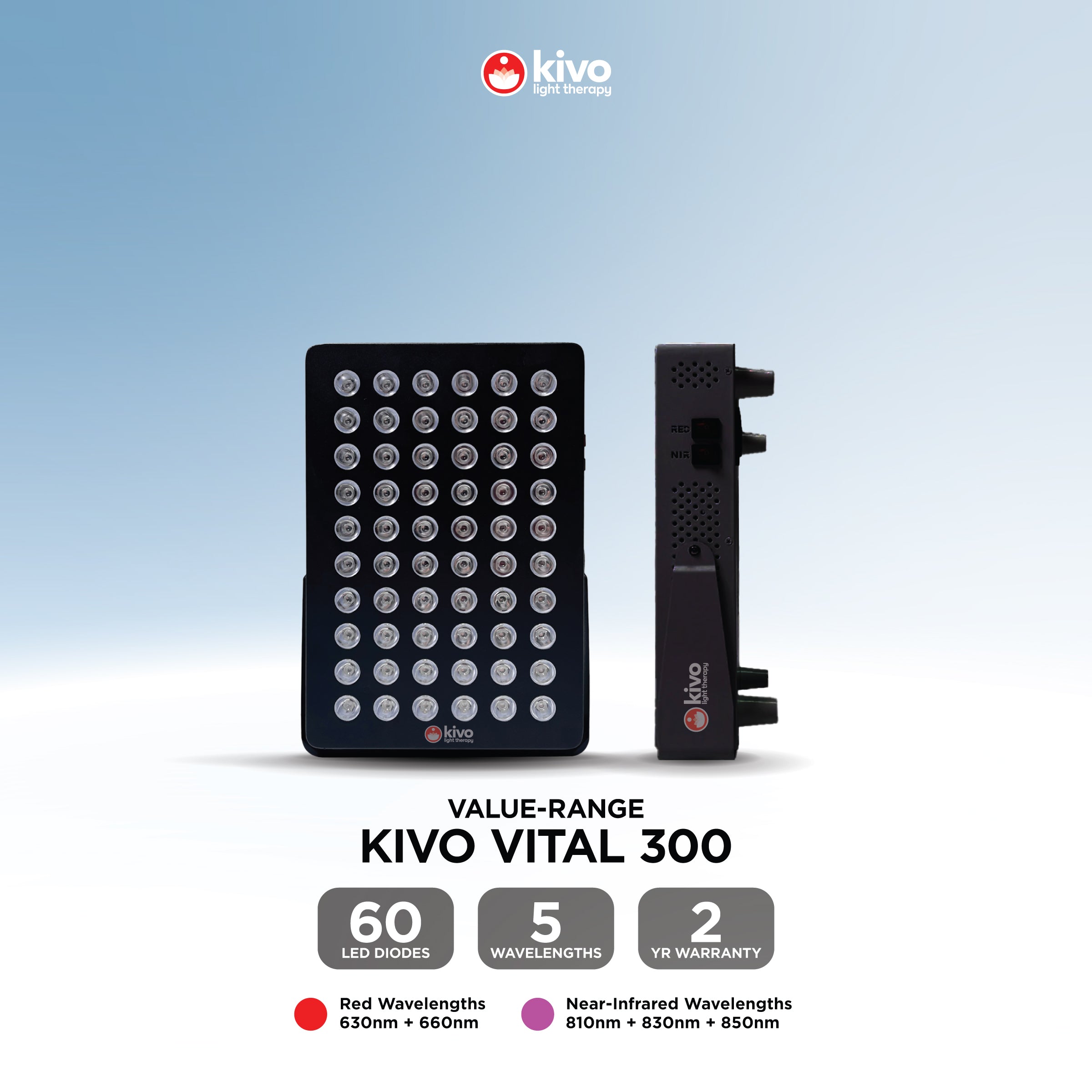Is Red Light Therapy Safe? Let’s Find Out!
Red light therapy (RLT) has gained a lot of attention for its potential benefits, from reducing wrinkles and acne to relieving pain and inflammation. But one big question remains: Is red light therapy actually safe? Let’s break down the science, risks, and safety tips to help you decide if it’s right for you.
What Is Red Light Therapy?
Red light therapy uses low-level wavelengths of red or near-infrared light to stimulate cell repair and improve skin health. It’s commonly used in:
- Skincare (reducing wrinkles, fine lines, and acne)
- Pain relief (helping with muscle recovery and joint pain)
- Healing (speeding up wound and tissue repair)
Unlike UV light, red light doesn’t damage the skin. Instead, it boosts collagen production and reduces inflammation without causing burns or irritation.
Is Red Light Therapy Safe to Use?
1. No Harmful UV Rays
Red light therapy doesn’t emit UV radiation, so there’s no risk of sunburn or skin cancer.
2. Gentle on Skin
Most people tolerate red light therapy well, with little to no side effects. Unlike laser treatments or chemical peels, it’s non-invasive and pain-free.
3. Safe for Most Skin Types
Red light therapy is suitable for all skin tones and types. However, people with light sensitivity or certain medical conditions should consult a doctor before using it.
4. Eye Protection is Recommended
While red light therapy isn’t harmful to the eyes, some people find it uncomfortable. If your device is very bright or emits near-infrared light, wearing protective goggles is a good idea.
5. Overuse Can Cause Minor Side Effects
Using red light therapy too frequently or for too long may lead to temporary redness, irritation, or dryness. Stick to the guidelines to avoid overuse.
Who Should Avoid Red Light Therapy?
While red light therapy is generally safe, certain people should use caution:
- If you have photosensitivity – Some medications and medical conditions make skin more sensitive to light.
- If you have a history of skin cancer – Talk to your doctor before using any light therapy device.
- If you’re pregnant – There’s limited research on red light therapy during pregnancy, so consult a healthcare provider first.
How to Use Red Light Therapy Safely
If you’re ready to try red light therapy, here’s how to do it safely:
1. Choose an Certified Device
Look for red light therapy devices that are certified (Health Canada, FDA, FCC, CE, ROHS, ISO, etc) to ensure they meet safety standards. All Kivo products are certified.
2. Follow the Instructions
Use your device as directed to prevent irritation or overexposure.
3. Wear Eye Protection if Needed
If your device is very bright, wear protective goggles to avoid discomfort.
4. Be Patient with Results
Red light therapy isn’t instant—most people see results after 4–8 weeks of consistent use.
FAQ About Safe Red Light Therapy
1. Can red light therapy damage my skin?
No! Red light therapy is non-invasive and doesn’t damage skin like UV rays or harsh treatments.
2. Is red light therapy safe for daily use?
Yes, but follow the recommended usage (usually 3–5 times per week for 10–20 minutes per session).
3. Can I use red light therapy if I have sensitive skin?
Yes! Red light therapy is gentle and suitable for sensitive skin, but start with shorter sessions to see how your skin reacts.
4. Should I wear sunscreen after red light therapy?
No, sunscreen isn’t needed because red light therapy doesn’t make skin more sensitive to sunlight like some treatments do.
5. Can red light therapy hurt my eyes?
Red light therapy is not harmful to eyes, but some devices are very bright, so wearing eye protection is a good idea.
Final Thoughts
Red light therapy is a safe and effective way to improve skin, reduce pain, and boost healing. As long as you follow safety guidelines and use a certified device, the risks are minimal. If you’re unsure, talk to a doctor before starting treatment.






